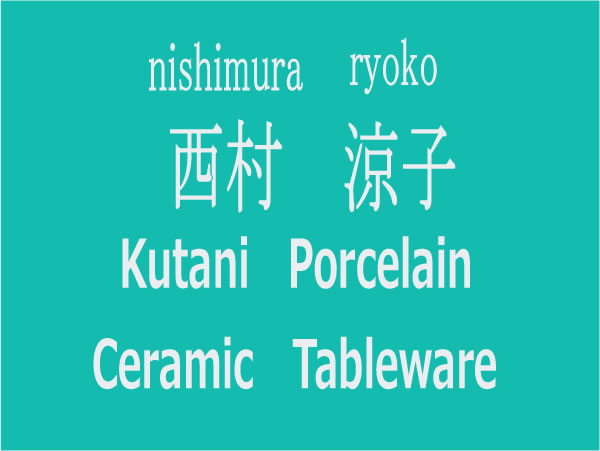
The history of kutani

However, the kiln in Kutani was suddenly closed around 1730. The reason is still unknown today. Items, made during this time, are called Kokutani, or literally, Old Kutani (ÃãJ). Known for its distinctive beauty and strong style, the porcelain is highly valued as a representative of Japan`s multicolored over glazed porcelain.
After about 80 years Kokutani kiln was reestablished in Kasugayama in Kanazawa under the direct management of the Kaga Clan. Many kilns were opened with their own styles: Mokubei style of Kasugayama kiln, the Yoshida kiln which tried to echo Kokutani, the fine drawing in red of the Miyamoto kiln and the red and gold highly figured designs (gkinrandeh) of the Eiraku kiln.
During the Meiji era gSaishoku-Kinrandeh of Kutani Shoza became well known and Kutani Porcelain came into being one of Japan`s key exports. And, today production is flourishing more than ever before.
ãJÄÆÍiàòsö®z[y[WÖj
ãJÄwZ Î짧ãJÄZp¤C («ÌãJÄðS¤lÞð{¬·é@Ö)
@
 |
 |
 |
 |
 |
 |
 |
@
@
@

